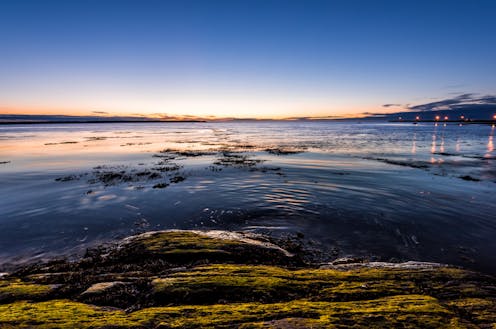
When tourists think of Québec, the St. Lawrence River is one of the main things that come to mind, especially the wide, eastern part of the river’s estuary, with its spectacular sunsets that give visitors the feeling they’re on the seaside.
In Le fleuve aux grandes eaux (The river of great waters), Québec filmmaker Frédéric Bach portrays a province divided by the St. Lawrence River into the north and south shores. The river, itself is shown as a highway in the age of schooners and coastal shipping, a playground for boaters and kayakers and a backdrop for visitors to contemplate on an after-dinner stroll in the summer.
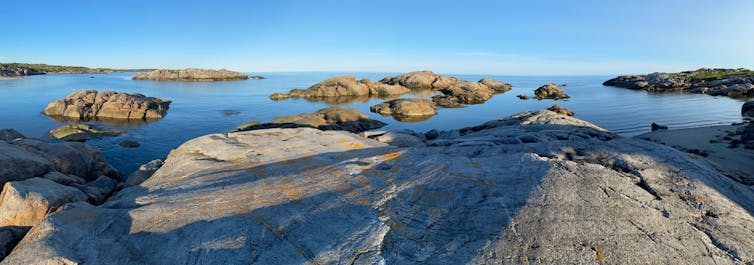
But how did the river develop as a tourist destination? And for whom?
As a professor at Université du Québec à Montréal, where I’m the research chair on the dynamics of tourism and socio-territorial relations, I am interested in the development of tourism trajectories in non-metropolitan communities. This angle led me to work more specifically in eastern Québec.
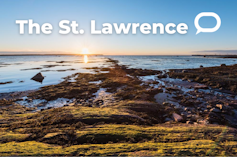
This article is part of our series, The St. Lawrence River: In depth. Don’t miss new articles on this mythical river of remarkable beauty. Our experts look at its fauna, flora and history, and the issues it faces. This series is brought to you by La Conversation.
From ‘white boats’ to cars: The river remains central
Touristic ideas about the St. Lawrence River date to the beginning of the cruise industry in the 19th century. A veritable empire of passenger transport was created with the formation of Canada Steamship Lines in 1913, which administered the famous “white boats” cruise circuit of steamboats. These boats brought the industrial aristocracy of the time to the eastern part of the province, creating summer hotspots in Cacouna, St-Patrice, Métis-sur-Mer, Murray-Bay (La Malbaie) and Tadoussac.
The democratization of automobile transport at the beginning of the 20th century changed the hierarchy of tourist destinations, while maintaining the centrality of the St. Lawrence as an attraction. Vacationing gave way to practices associated with tours, which, among other things, would transform the Gaspé Penninsula into a new destination. The visitor travelling by car creates an image of freedom.

This new image was also constructed in an institutional manner. The St. Lawrence became associated with ideas that fit the objectives of local elected officials and civil servants, such as economic development, service delivery and leisure activities.
This group had its own ideas about what tourists wanted. Regional tourism associations produced photographic advertising representations of the St. Lawrence. Economic development agencies justified investments in road infrastructures. Cultural organizations played on representations of the St. Lawrence in their programming in order to justify upgrading their facilities to meet the needs of peak season tourist traffic.
A perfect example of this situation is the concerted effort that led to the Québec government’s 2014 St. Lawrence Tourism Development Strategy, which explicitly recognized the importance of the St. Lawrence River to Québec’s tourism industry and proposed measures to develop and manage tourism activity around the river.
It this way, the strategy reinforces the value of the St. Lawrence to Québec’s identity, while magnifying it as a fantasy destination for tourists.
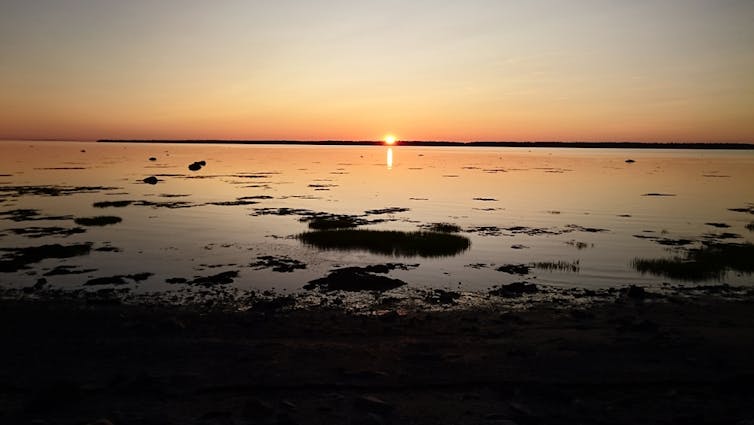
Diverging representations of the same spaces
However, these conceptions are at odds with other forms of representation and institutionalization of the place. The Québec government’s Strategy for Climate Change Adaptation 2013-2020 reveals a very different view of the same place, one that is now shaped by risks and constraints and the need to adapt to climate change.
We were able to observe this in two different case studies. On the one hand, the high tourist value of the coastal space of Notre-Dame-du-Portage (on the south shore of the river) and Tadoussac (on the north shore of the river) pushes people to want to preserve the status quo in the face of risks of erosion and submersion. They want to avoid a decrease in its value in case climate risk clashes with tourists’ ideals.
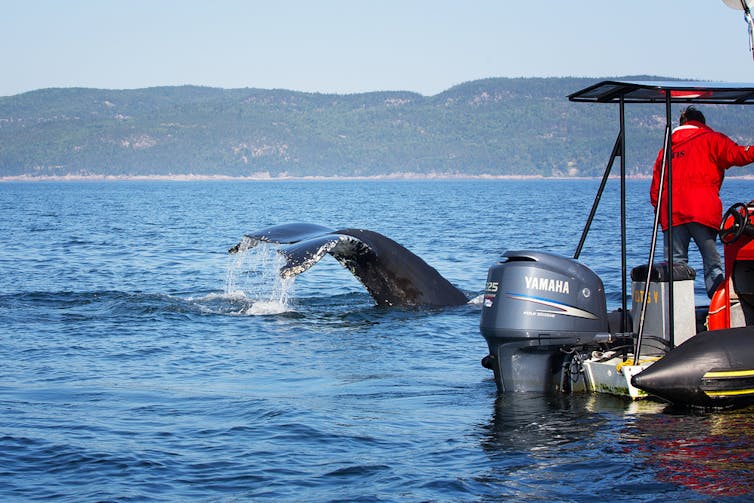
In this view, short-term land value will remain the priority rather than questioning how the riverside should be used. Concrete protective structures will continue to be favoured to the detriment of approaches aimed at preserving the ecosystem. Walls will remain and grow while coastal ecosystems decline.
Meanwhile, in the Magdalen Islands, increasing visits to the historic site La Grave and tourist revenue are being used to justify a major investment by the Québec government to refill the beach and limit erosion.
Tourist perceptions
Tourists’ perceptions of a place may appear relatively stable in space and time, with the sunsets of the lower St. Lawrence, the whales of Tadoussac and the monoliths of Mingan remaining icons. However, as observed during the pandemic summer of 2020, these notions can also collide like tectonic plates.
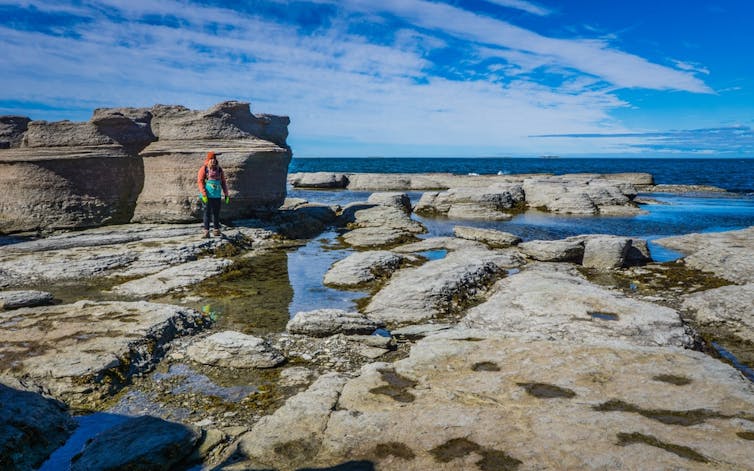
Eastern Québec has seen a strong influx of visitors to its beaches and natural areas. Certain behaviours like unauthorized camping on beaches made headlines. Yet a finer analysis allowed us to show that tourist mobility, truncated by the COVID-19 pandemic, has created different, even divergent, ideas and practices among tourists in the same places.
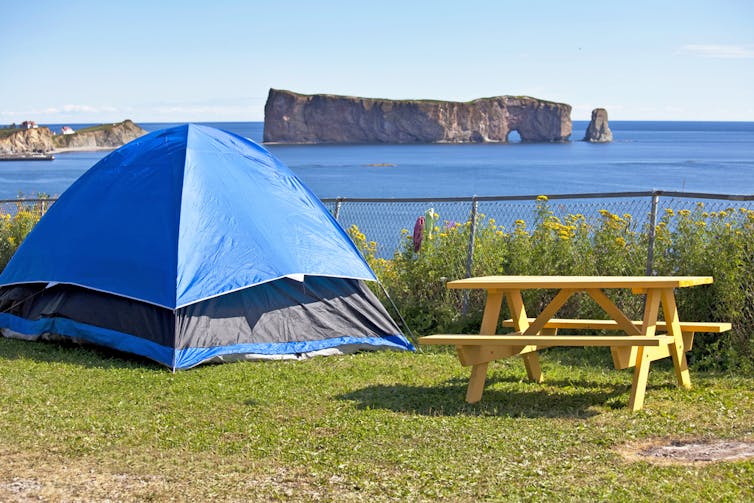
Vacationers used to the resorts of New England and the Maritimes, as well as those who frequent the sun destinations in summer, have fallen back on the beaches of eastern Québec, mainly those of the Gaspé Penninsula, as an alternative. These beaches have little or no beach-type activities. The Gaspé beaches are wild and not very developed, a place where residents and visitors meet at random, while walking. The cold temperature of the sea does not encourage swimming, except among the bravest.
So, tourist expectations clashed, a conflict that extended to the physical spaces because the infrastructure could not meet the expectations of all travellers.
What kind of tourism?
Including a community in the development of riverside tourism, which is highly seasonal and associated with a mobility of the workforce and businesses, can lead to success. But development is not always viable for the resident population.
This is because tourism creates places that are separated from the social, political or cultural practices of their host environment to meet the needs and fantasies of visitors who invest in these places.
This trend towards disconnected tourist spaces has long been documented, most notably in the production of consumer space for the purpose of capital accumulation. Tourism becomes a source of enrichment for a minority, sometimes at the expense of the quality of life for the majority of residents.
The mayor of Percé, Cathy Poirier, has denounced this trend: “We want to see lights on in winter.” In 2021, Percé adopted a law prohibiting the transformation of family homes into seasonal tourist accommodations.
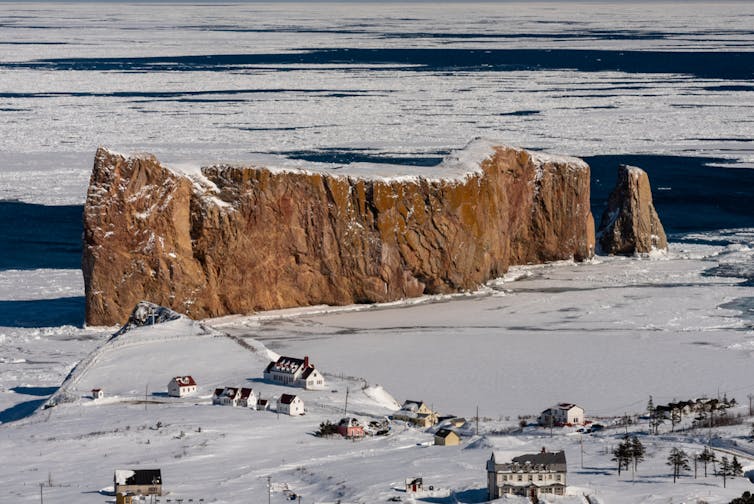
As residents watch visitors pass through, taking their tourism dollars with them, they are left with the distinct feeling of expropriation. Visitors buy postcards but don’t become part of the territory, while seasonal peaks take up space and cause other necessary services to disappear during the winter slumps.
Despite its permanence as a resource and tourist attraction, the St. Lawrence River remains in a dynamic relationship that includes social and environmental tensions. These tensions go beyond tourism and call for the dynamics of the tourist industry to be placed at the heart of reflections about the development and aspirations of riverside communities.
Over the years, Dominic Lapointe has received funding from SSHRC, FRQ-SC, CRDT and UQAM.
This article was originally published on The Conversation. Read the original article.







